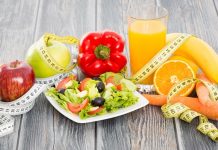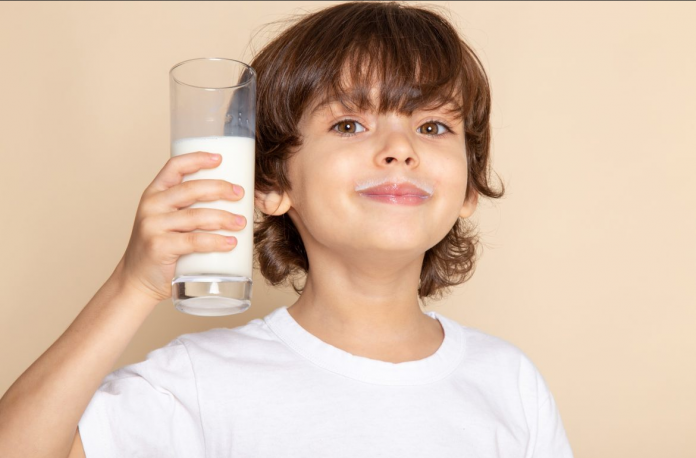For Moms the world over, ‘picky eating’ is a problem that unites them all! With so much focus on childhood obesity, parents are getting more interested about the quality of food their children eat rather than the quantity.
Yet, there are still gaps in our overall nutritional intake, which has more severe consequences for kids since they pick and choose so much.
Here is a list of the essential nutrients for your child,
A)Fiber
Every Mom whose kid has battled constipation knows the importance of fiber in the diet! But a lack of sufficient fiber doesn’t just cause problems with bowel movements; it also causes weakness and excess weight gain. The lack of fiber is a growing problem in today’s generation mainly because of the amount of junk and processed food.
Kids between the ages of 1-3 need about 19 g of fiber a day and kids from 4-8 need 25 g a day. The best way to increase fiber consumption is to switch to whole grain in bread, rice, pasta etc. along with oats, chickpeas, lentils and dried beans. It is important to increase fiber in the diet gradually and also supplement with plenty of water.
B)Iron
Iron deficiency is the most common deficiency among young children; with the WHO estimating that it affects a quarter of the world’s population. Apparently close to 75% of Indian toddlers are anemic as well. Iron is essential for red blood cells which are responsible for carrying oxygen to body tissues. A deficiency causes anemia, making kids feel weak, tired and irritable. Young children are more vulnerable since their bodies are growing rapidly and need more sustenance.
Kids aged 1-3 require 7 mg of iron a day and those from 4-8 years require 10 mg a day. The best sources of iron are heme sources like red meat and poultry. But if your diet is vegetarian, your child can still get the requisite RDA of iron from spinach, sunflowers seeds, lentils and beans. To increase absorption of iron from non-heme sources, include some vitamin C in the same meal from foods like citrus fruits, guava, tomatoes or red bell peppers.
C)Vitamin B12
While we’ve established the importance of adequate folate, the conversion of inactive folate to the active form requires the presence of Vitamin B12. So a deficiency of this vitamin can cause symptoms of a folate deficiency along with several others that can be quite confusing to identify. A Vitamin B12 deficiency affects several organs, and may appear as nausea, constipation, loss of appetite, fatigue, memory loss and others.
Kids between 1-3 years need about 0.9 micrograms of Vitamin B12 a day, while kids from 4-8 years need 1.2 micrograms a day. This is another deficiency seen more in vegetarian or vegan diets, since the vitamin is not that readily available in plant sources other than artificially fortified foods. Along with meat and eggs, Vitamin B12 is easily available in dairy products like milk, cheese and yogurt. A breastfeeding mother who is deficient is likely to have a child who is also deficient.
D)Folate
Most women are advised to take folic acid supplements months before they even conceive. This is because folic acid is essential in the formation of new cells, including development of the spinal cord and brain. But the need for folic acid doesn’t end there. Folate is a critical component for heart health. Folate has become all the more important considering today’s slew of lifestyle diseases.
Kids aged 1-3 years need 150 micrograms of folate a day; while kids aged 4-8 need 200 micrograms a day. Folate deficiencies are fewer in breastfed children, although its incidence increases as children enter toddlerhood. While folic acid is available in a wide variety of foods, high concentration foods include greens like spinach, broccoli, papaya, oranges, lentils, seeds and nuts. Kids who are extremely picky or who eat only one kind of food for several days are more at risk
E)Vitamin A
In infants and children, vitamin A is essential to support rapid growth and to help combat infections. Inadequate intakes of vitamin A may lead to vitamin A deficiency which can cause visual impairment in the form of night blindness and may increase the risk of illness and death from childhood infections, including measles and those causing diarrhea.
Kids between the ages of 1-3 need about 300 micrograms of Vitamin A per day, while kids from 4-8 need 400 micrograms a day. Vitamin A is present in cod liver oil capsules, carrots, red and yellow bell peppers, sweet potato, pumpkin and beef liver. Breastfeeding during infancy also helps to prevent a Vitamin A deficiency.
F)Vitamin D
Getting enough vitamin D is essential so kids’ bones grow strong and their immune systems ward off illness. A lack of enough Vitamin D in the body can also cause rickets.
The best source of Vitamin D is obviously sunlight, especially in the early evenings. Kids under 13 years require about 15 micrograms of Vitamin D a day. Few foods contain Vitamin D, but you can still get them from fatty fish like tuna, mackerel, salmon, egg yolks and mushrooms.
G)Zinc
Zinc is important for good brain function for everyone, but more so for toddlers and preschoolers, since it is a critical component of cognitive development. A deficiency at the growing stage can result in irreversible consequences. A zinc deficiency is often found accompanying a Vitamin A deficiency and appears as loss of appetite, delayed growth, delayed healing of wounds, lesions on the skin and general fatigue.
Kids between 1-3 years need about 3 mg of zinc a day, while kids from 4-8 years need 5 mg a day. Zinc is not stored well in the body, which means a regular intake is essential. Animal sources like red meat, oysters and chicken are considered better. But plant sources are also good such as spinach, pumpkin seeds, cashews, chocolate, beans and mushrooms. Due to this, kids with a strict vegetarian diet are often found to be more susceptible to a zinc deficiency.





























